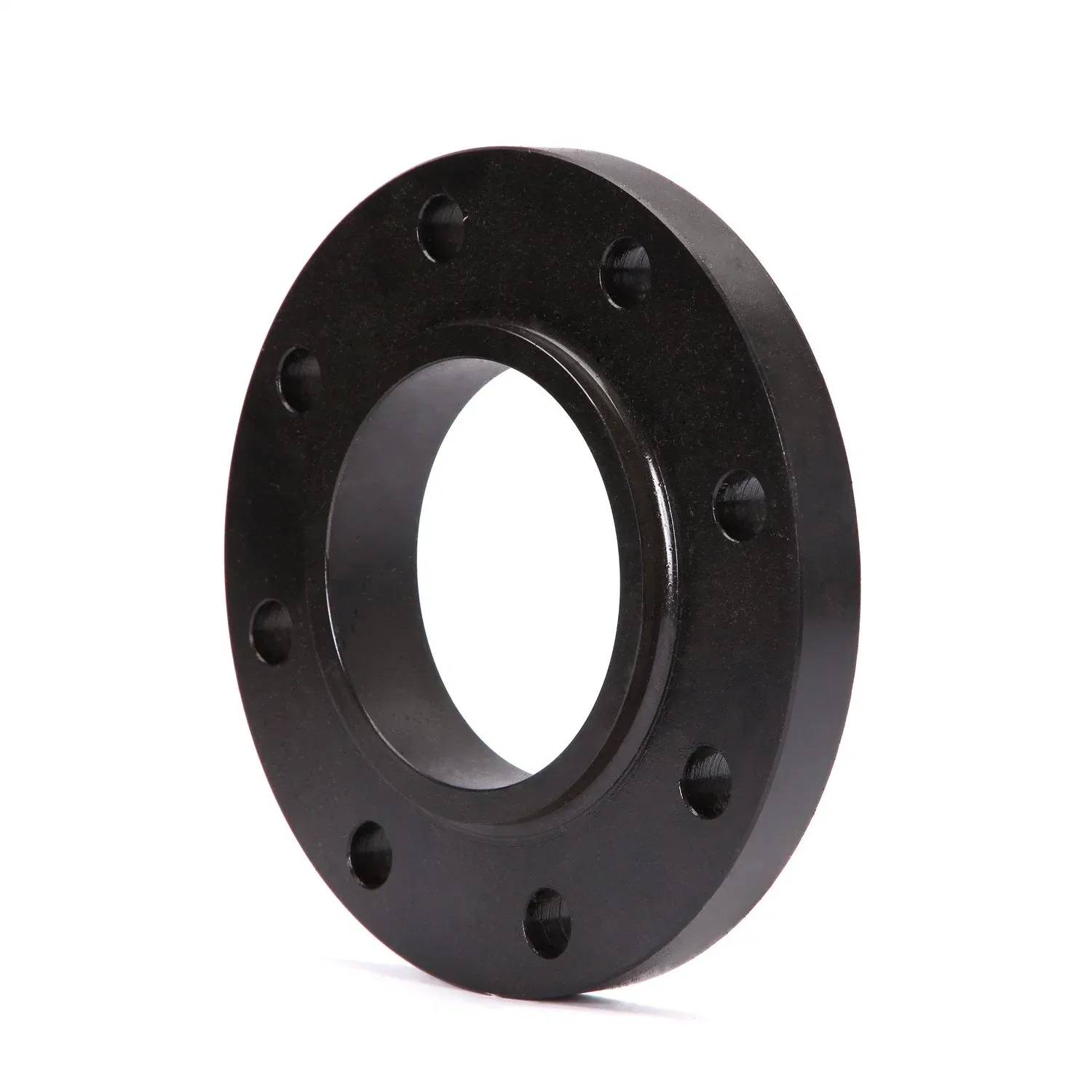-
Cangzhou Yulong Steel Co., Ltd.
-
Phone:
+86 13303177267 -
Email:
admin@ylsteelfittings.com
- English
- Arabic
- Italian
- Spanish
- Portuguese
- German
- kazakh
- Persian
- Greek
- French
- Russian
- Polish
- Thai
- Indonesian
- Vietnamese
- Zulu
- Korean
- Uzbek
- Hindi
- Serbian
- Malay
- Ukrainian
- Gujarati
- Haitian Creole
- hausa
- hawaiian
- Hebrew
- Miao
- Hungarian
- Icelandic
- igbo
- irish
- Japanese
- Javanese
- Kannada
- Khmer
- Rwandese
- Afrikaans
- Albanian
- Amharic
- Armenian
- Azerbaijani
- Basque
- Belarusian
- Bengali
- Bosnian
- Bulgarian
- Catalan
- Cebuano
- China
- China (Taiwan)
- Corsican
- Croatian
- Czech
- Danish
- Esperanto
- Estonian
- Finnish
- Frisian
- Galician
- Georgian
- Kurdish
- Kyrgyz
- Lao
- Latin
- Latvian
- Lithuanian
- Luxembourgish
- Macedonian
- Malgashi
- Malayalam
- Maltese
- Maori
- Marathi
- Mongolian
- Myanmar
- Nepali
- Norwegian
- Norwegian
- Occitan
- Pashto
- Dutch
- Punjabi
- Romanian
- Samoan
- Scottish Gaelic
- Sesotho
- Shona
- Sindhi
- Sinhala
- Slovak
- Slovenian
- Somali
- Sundanese
- Swahili
- Swedish
- Tagalog
- Tajik
- Tamil
- Tatar
- Telugu
- Turkish
- Turkmen
- Urdu
- Uighur
- Welsh
- Bantu
- Yiddish
- Yoruba

Dec . 06, 2024 15:16 Back to list
flange
The Importance of Flanges in Modern Engineering
Flanges are integral components in various engineering applications, serving as critical connectors in piping systems, machinery, and structural frameworks. Their primary function is to join two sections of piping or to connect pipes to equipment, ensuring the integrity and reliability of the entire system. Understanding flanges, their types, materials, applications, and installation processes is essential for engineers, manufacturers, and technicians alike.
What are Flanges?
A flange is a mechanical component that connects two parts, typically by means of bolts. It usually has a flat rim or edge, which allows for a secure attachment to another flanged component. Flanges can come in different shapes and sizes, each designed for specific applications. The most common types include weld neck, slip-on, blind, and threaded flanges. Each type is selected based on factors such as pressure, temperature, and the type of fluid being transported.
Types of Flanges
1. Weld Neck Flange As the name suggests, this flange is designed to be welded to a pipe. Its long neck allows for better alignment during installation and reduces the stress on the flange itself, making it suitable for high-pressure applications.
2. Slip-On Flange This is a straightforward and widely used type of flange. It slips over the pipe, allowing for a quick and easy installation. Although they are less expensive than weld neck flanges, they may not be ideal for high-pressure environments.
3. Blind Flange This type of flange is used to seal the end of a piping system or a pipe that is not currently in use. Blind flanges are essential for maintenance and future modifications.
4. Threaded Flange These flanges have internal threads that allow them to be screwed onto a pipe without additional welding. While they are easier to install, they are not suitable for high-pressure applications.
Materials Used in Flange Manufacturing
Flanges are constructed from various materials, depending on the application's requirements. Common materials include
- Carbon Steel Known for its durability and strength, carbon steel flanges are prevalent in many industrial applications, particularly in oil and gas.
- Stainless Steel Corrosion-resistant stainless steel flanges are ideal for environments that involve moisture, chemicals, or extreme temperatures, making them popular in food processing and chemical industries.
flange

- Alloy Steel Alloy steel flanges are often used for high-temperature and high-pressure applications, such as in power plants and refineries.
- Plastic In applications requiring corrosion resistance and lightweight properties, plastic flanges made from PVC or CPVC are widely used.
Applications of Flanges
Flanges are ubiquitous in industrial applications. They are found in
- Pipelines For connecting different sections of pipelines in oil and gas, water supply, and waste management systems.
- Machinery In various machines, flanges serve as connectors for housing and other components, ensuring structural integrity.
- HVAC Systems Flanges are used in heating, ventilation, and air conditioning systems to connect ductwork.
- Marine Applications Flanges are employed in ships and offshore structures, where they must withstand harsh environments.
Installation and Maintenance
Proper installation is crucial for ensuring that flange connections maintain their integrity under pressure and temperature variations. Engineers must follow specific guidelines during installation, including proper alignment, tightening of bolts to the specified torque, and regular inspections for wear and corrosion. Maintenance practices should involve routine checks and the replacement of damaged flanges to prevent leaks and system failures.
Conclusion
Flanges may seem like simple components, but their role in engineering and industrial applications is fundamental. As industries continue to evolve, the demand for reliable and efficient flange solutions will only increase. Understanding the various types, materials, and applications of flanges can significantly impact the success of any engineering project, ensuring safety, efficiency, and longevity in systems where they are employed. Through their proper selection and maintenance, flanges contribute to the seamless operation of complex infrastructures that are the backbone of modern society.
Latest news
-
ANSI 150P SS304 SO FLANGE
NewsFeb.14,2025
-
ASTM A333GR6 STEEL PIPE
NewsJan.20,2025
-
ANSI B16.5 WELDING NECK FLANGE
NewsJan.15,2026
-
ANSI B16.5 SLIP-ON FLANGE
NewsApr.19,2024
-
SABS 1123 FLANGE
NewsJan.15,2025
-
DIN86044 PLATE FLANGE
NewsApr.19,2024
-
DIN2527 BLIND FLANGE
NewsApr.12,2024
-
JIS B2311 Butt-Welding Fittings LR/SR 45°/90° /180°Seamless/Weld
NewsApr.23,2024











